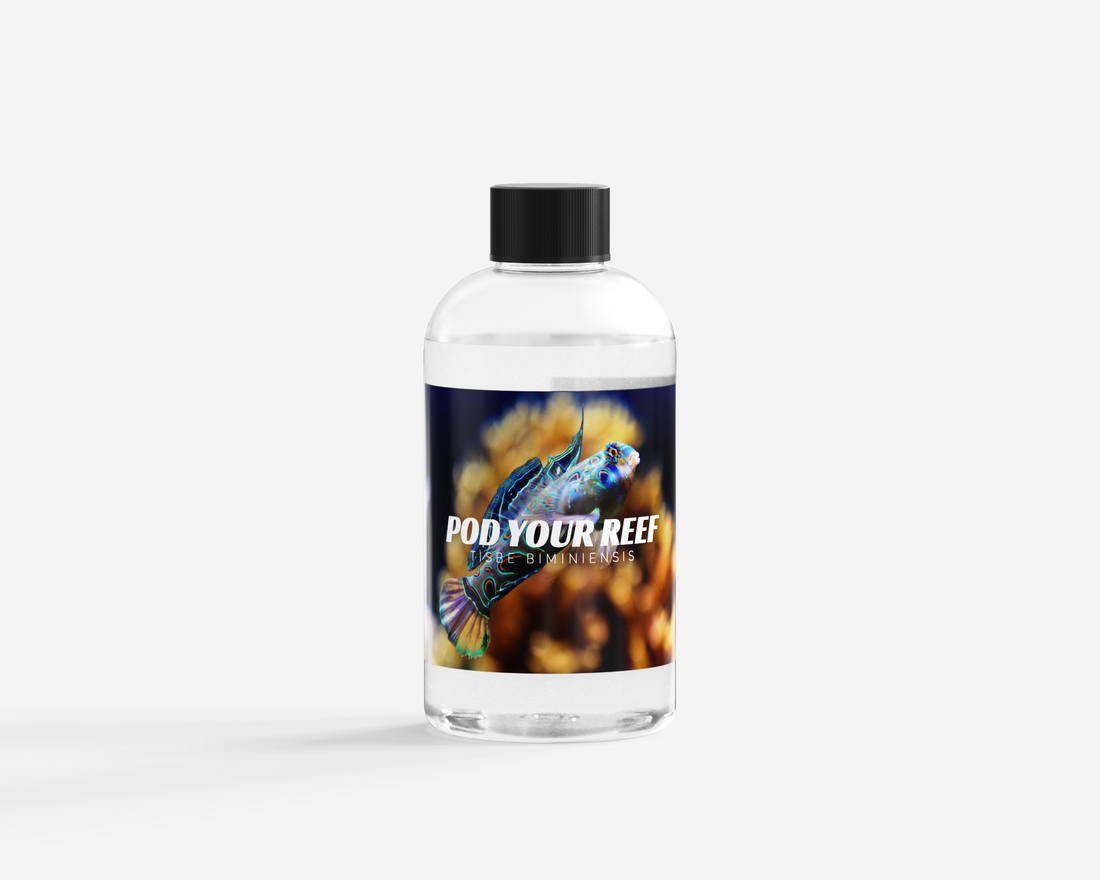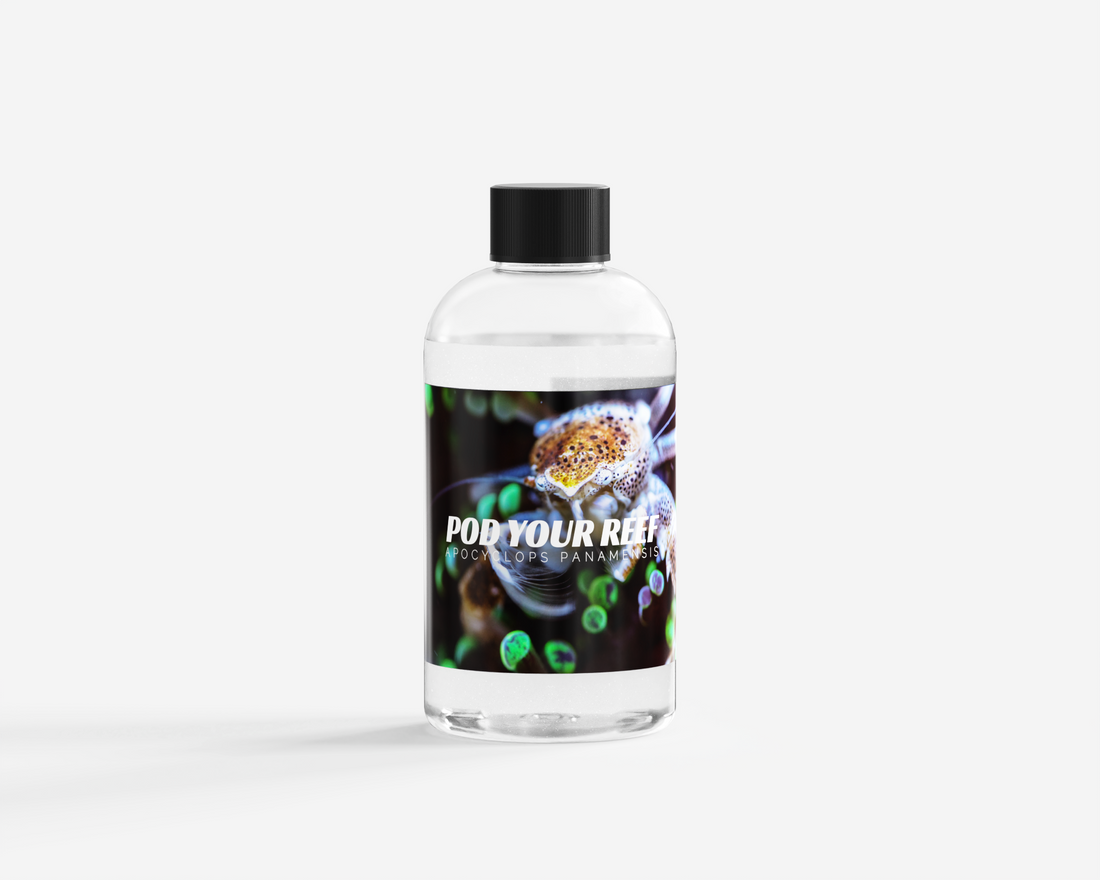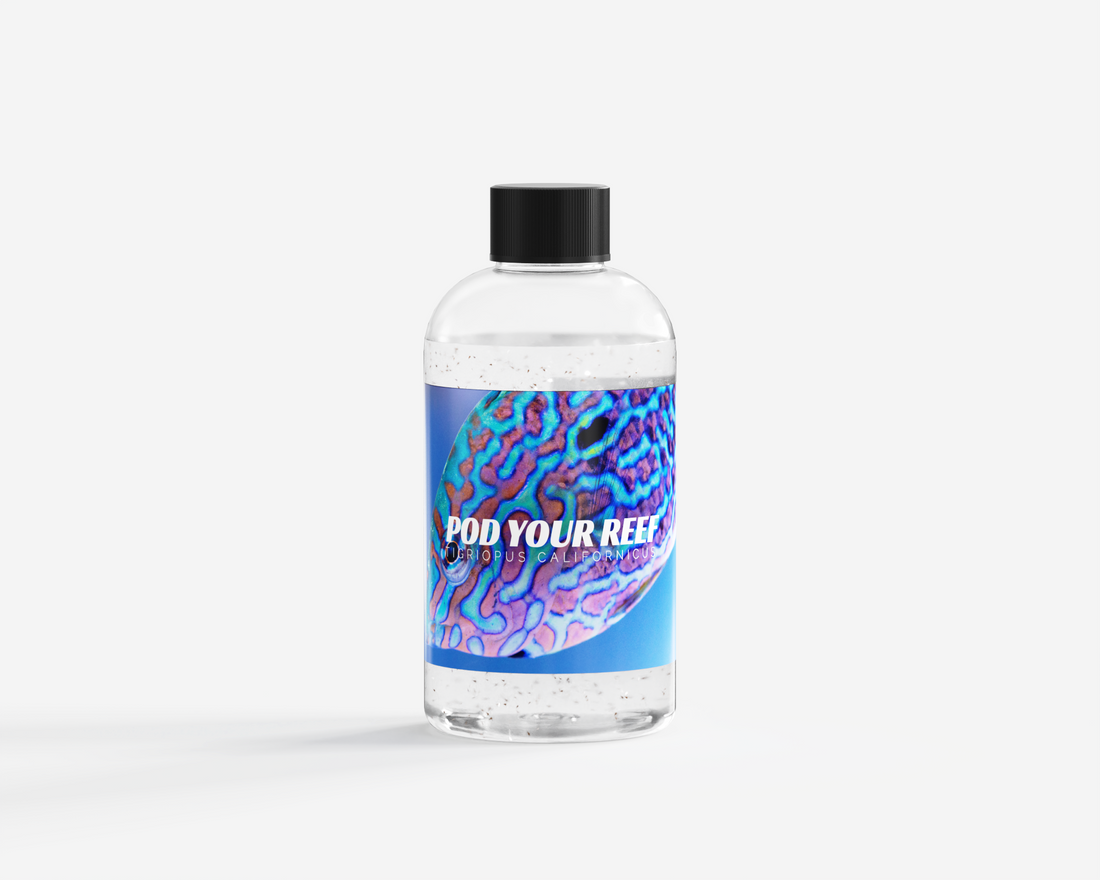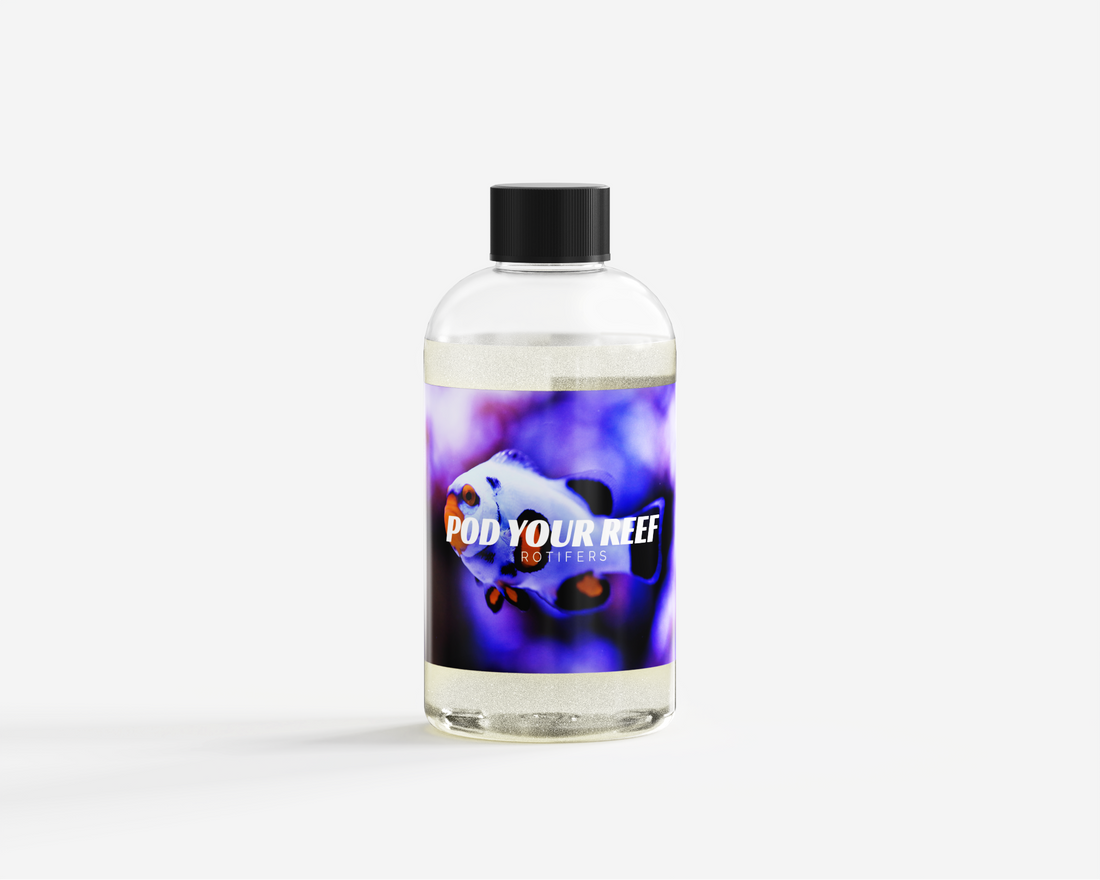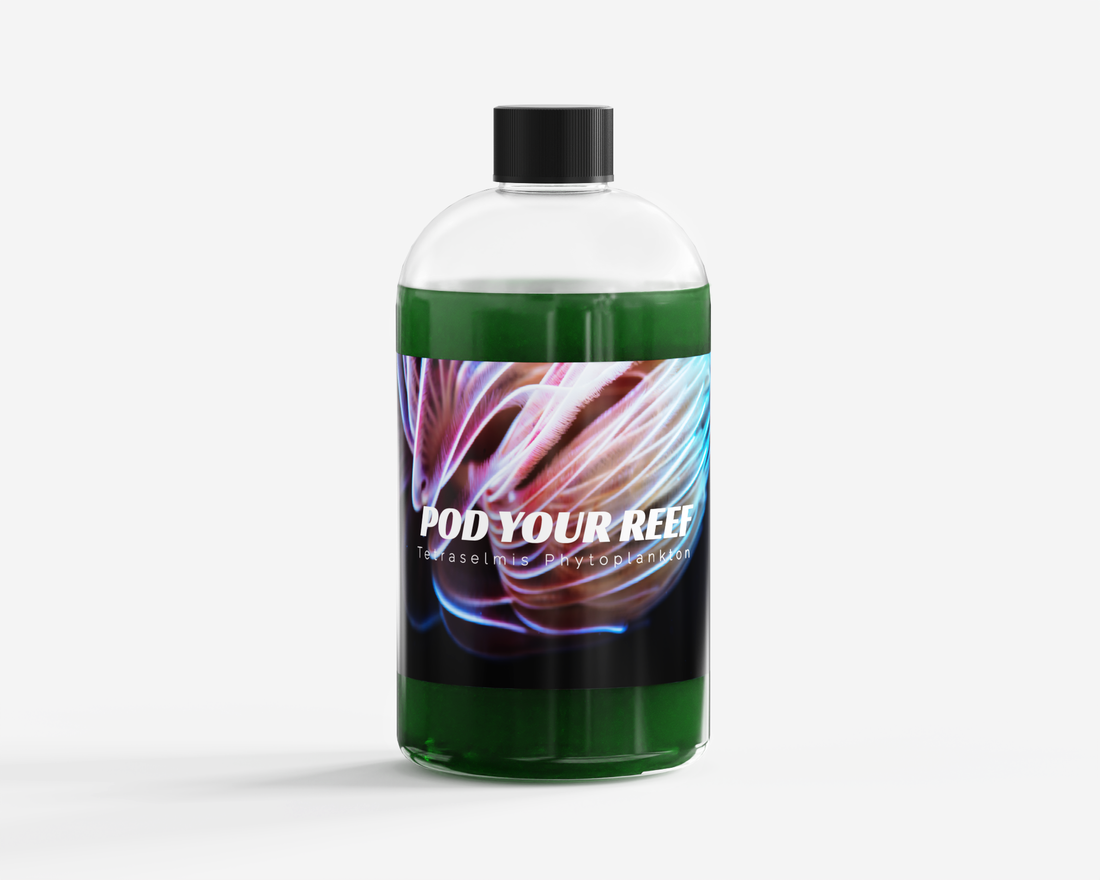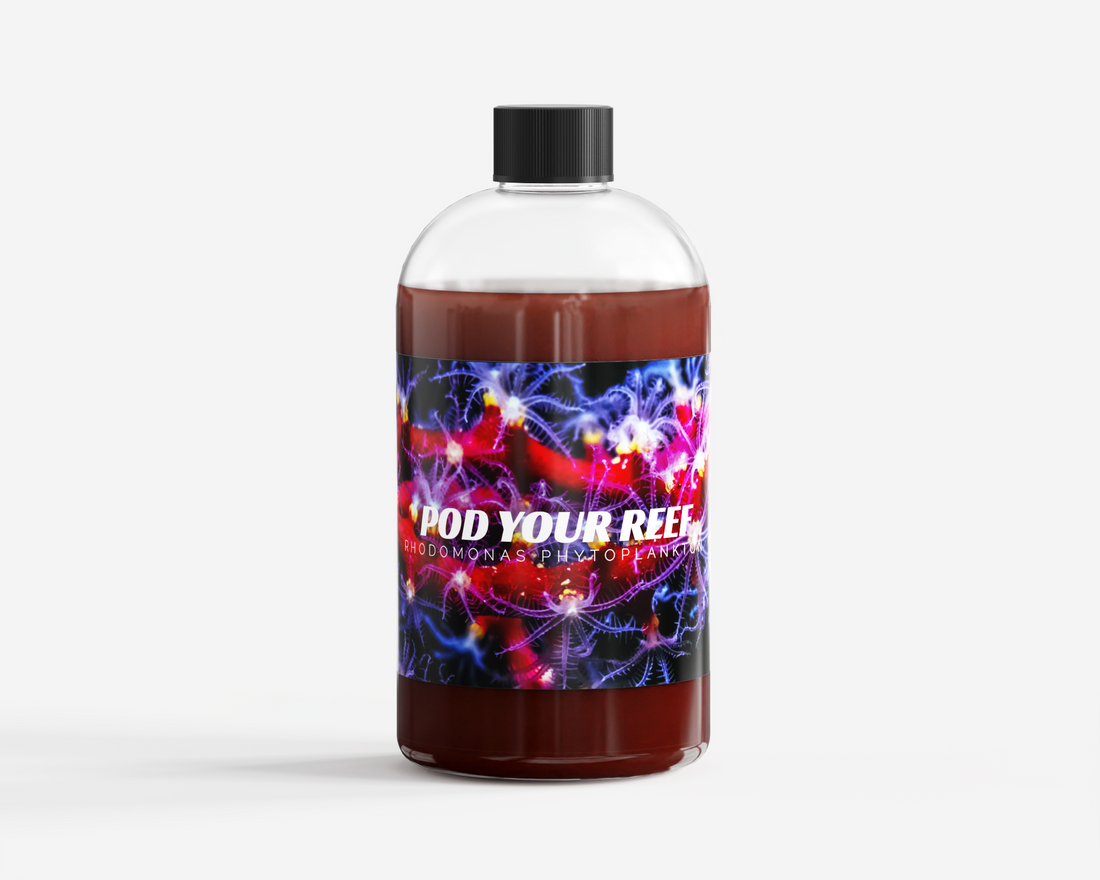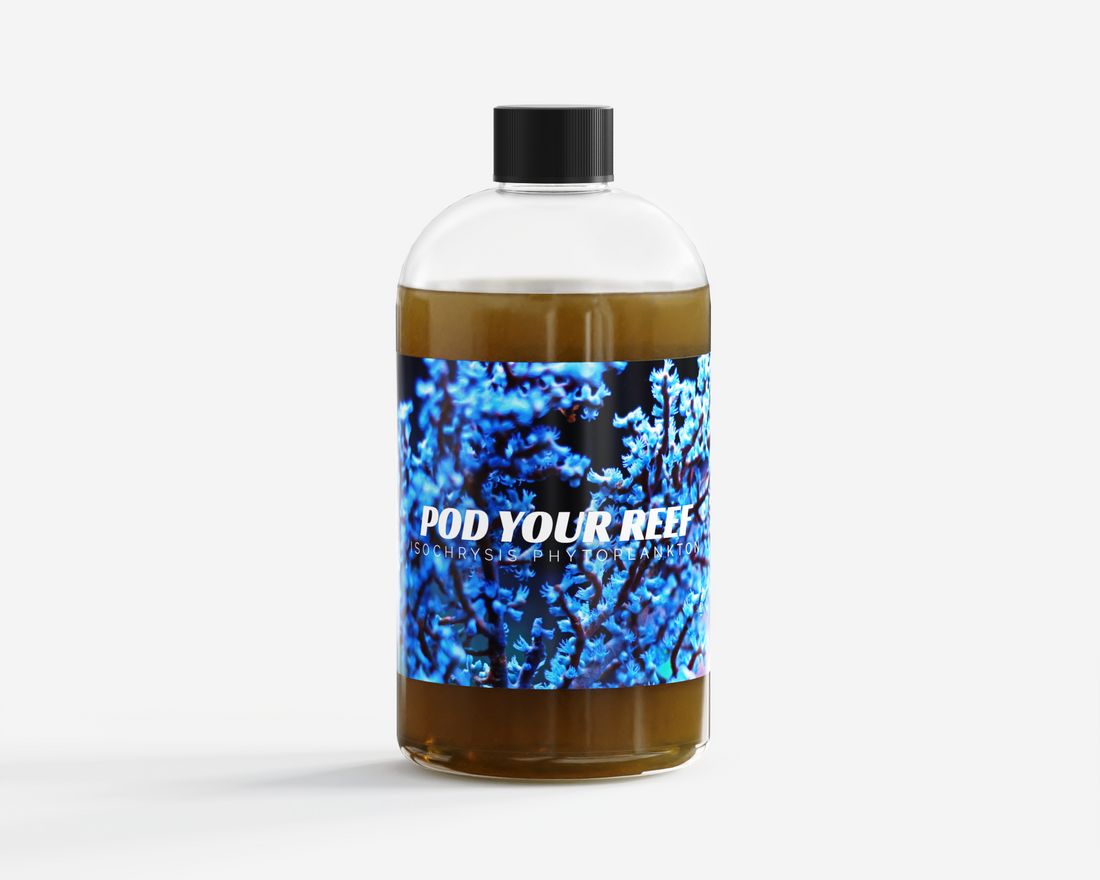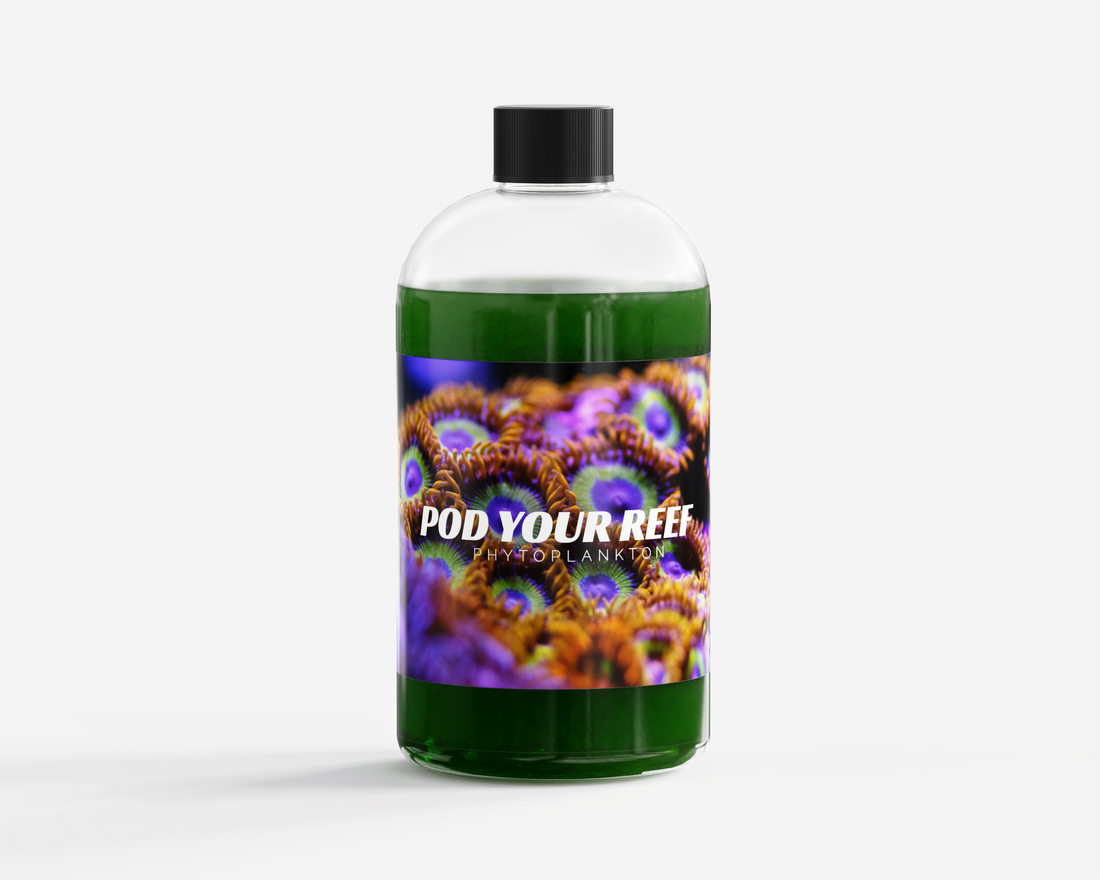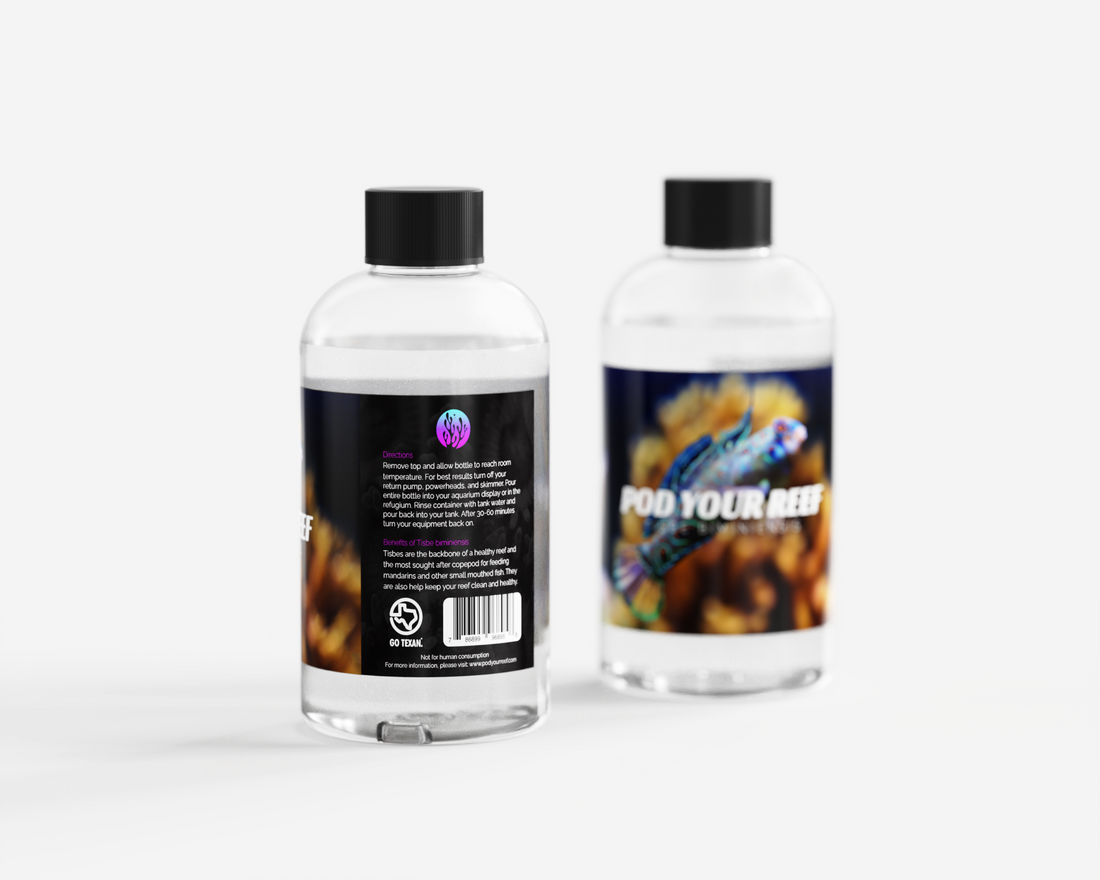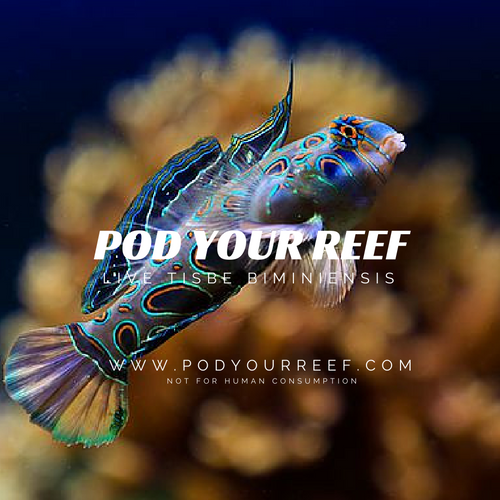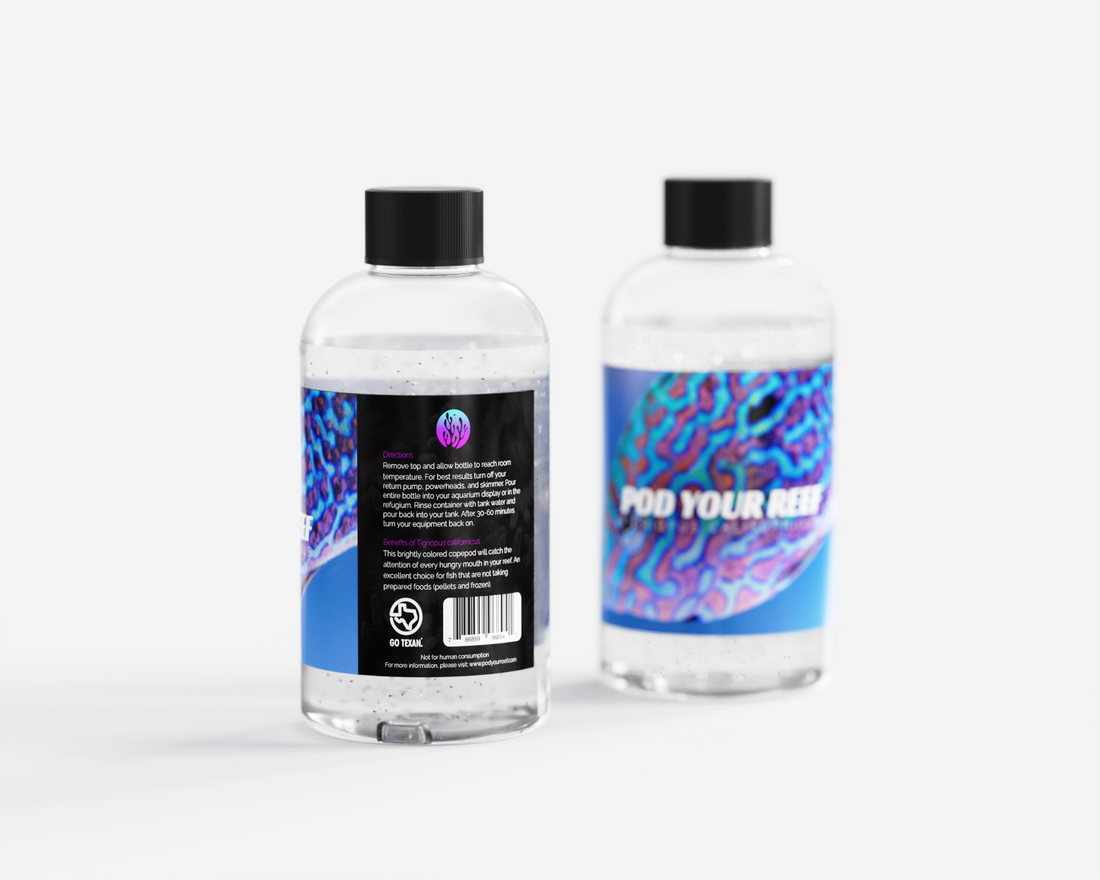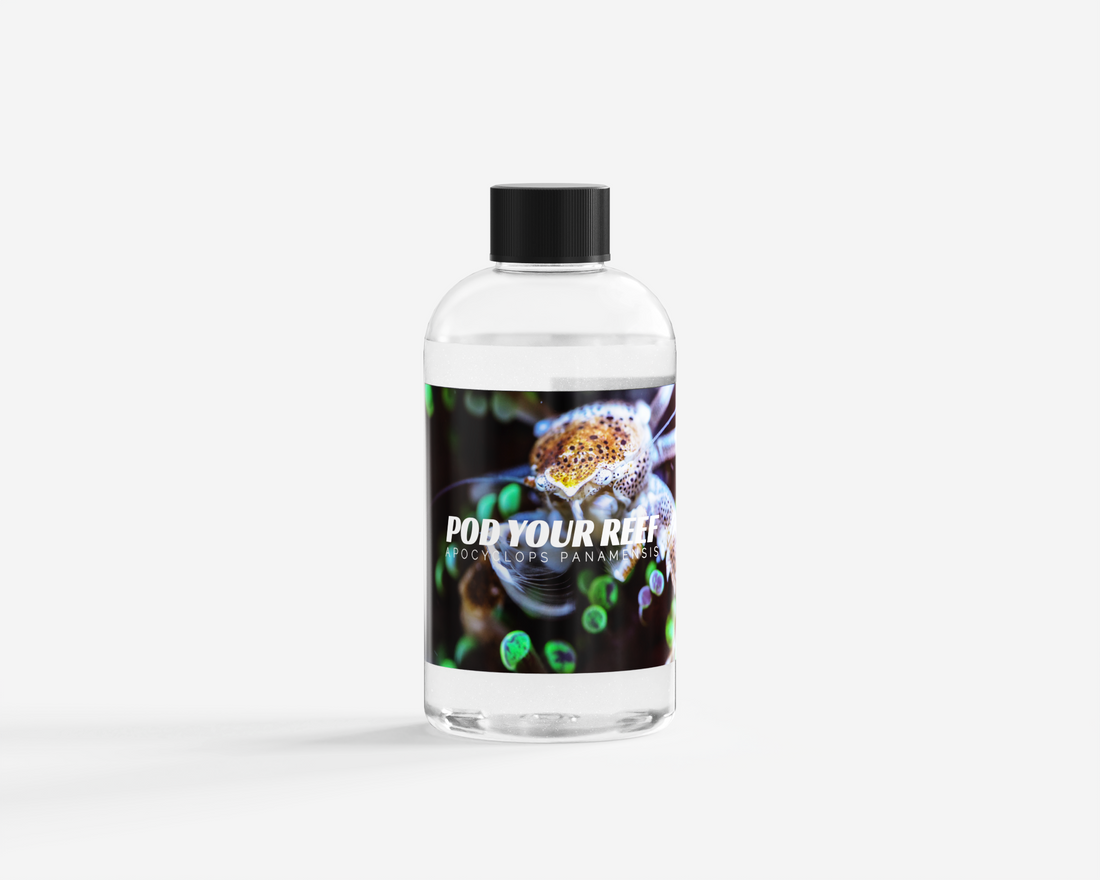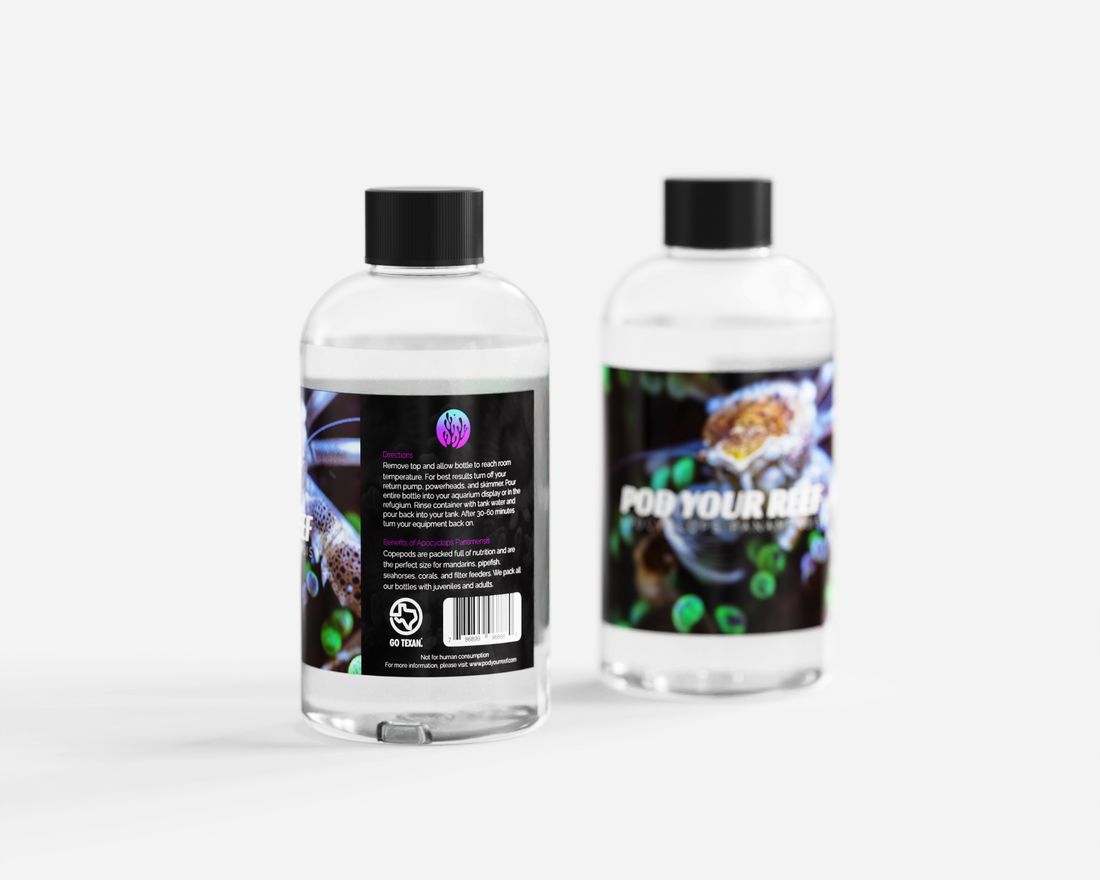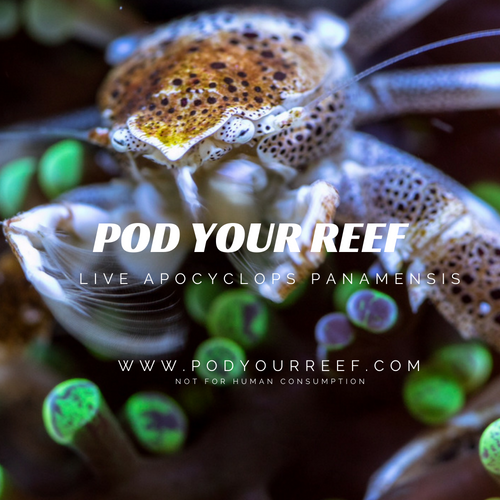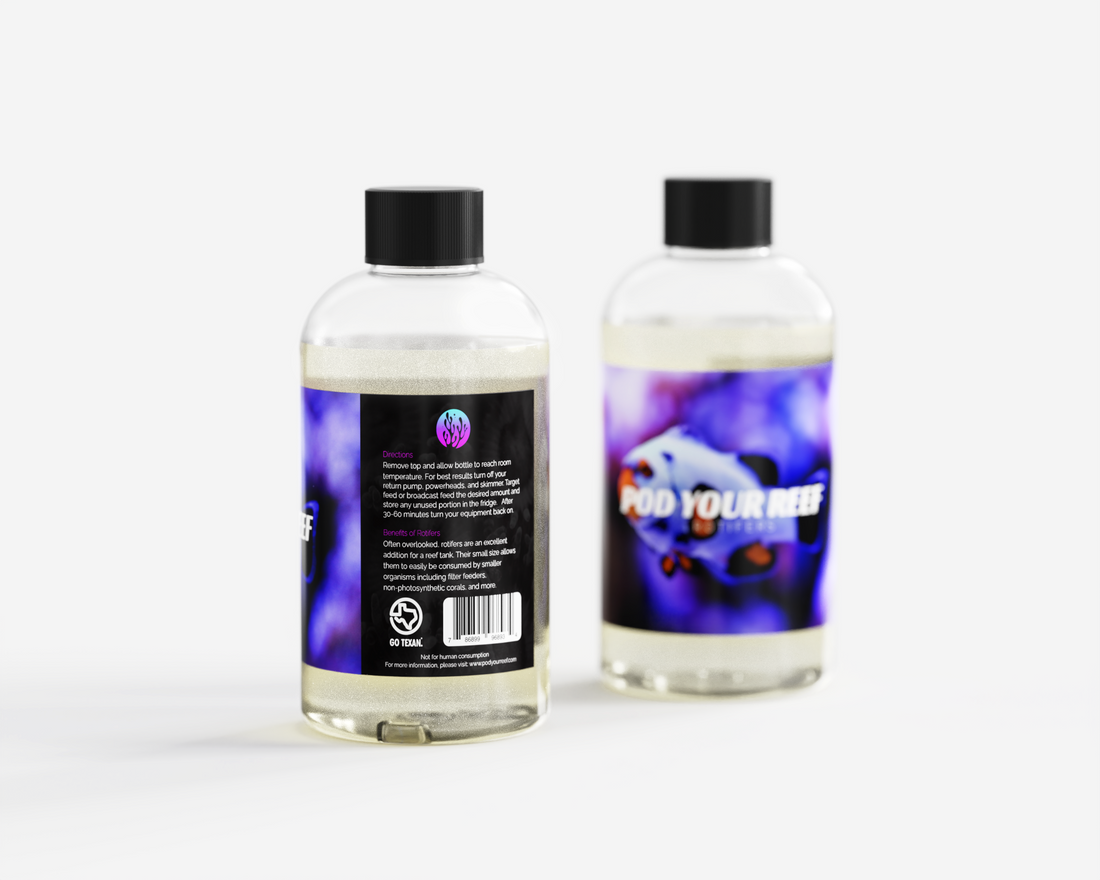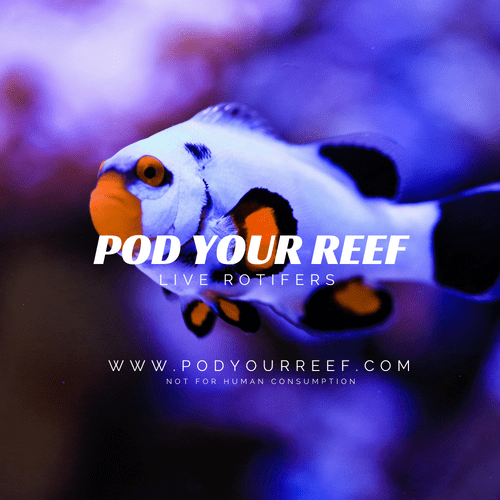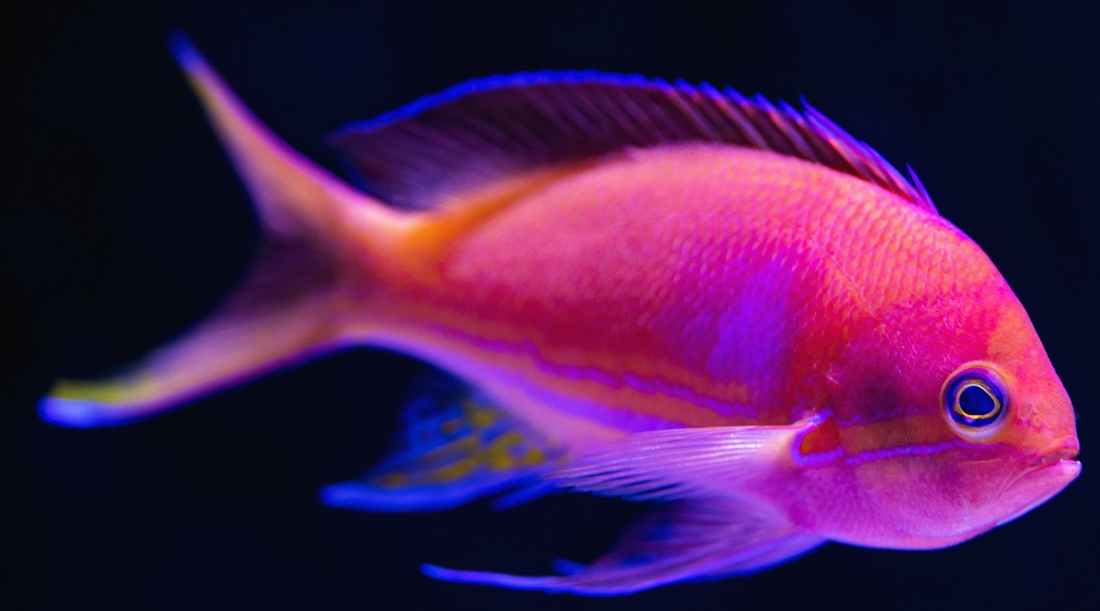
Care
Anthias: Microgroupers That Love Pods
Anthias: Microgroupers That Love Pods
Pseudanthias fasciatus
Anthias are some of the hottest fish in the modern reef aquarium trade. They max out at manageable sizes, shoal in radiant colors and many species are reef safe. Though some ‘staple’ species have been long-present in the hobby, new species of anthias are being discovered in the wild each year. Even with all the excitement, all species of anthias offer significant husbandry challenges. Most species have complex social hierarchies and many live in deep water reef slopes which are difficult to simulate in aquaria. Anthias also have fast metabolisms and require near constant feeding on copepods and other microcrustaceans. They also require their live feeds to be rich in polyunsaturated Golden Fats, otherwise their color and health will wane. In past decades, these magnificent fish all too often starved to death in captivity, but now that their needs are better known, aquarists can provide their anthias with swarms of pod-based nutrition!
Anthias belong to the Serranidae family and are relatives of grouper, sea bass and basslets. The Anthiinae subfamily has a good deal of variation, but reef fish broadly recognized as ‘Anthias’ belong to the genera Anthias, Pseudanthias, Odontanthias and Serranocirrhitus. In the wild, these species usually occupy reef slopes and mingle between the photic zone and the dark depths. For example, shoals of Pink Square Anthias (Pseudanthias pleurotaenia) can be found at depths of 30-50ft as well as 200-600ft! There is an extreme difference in light availability at depth and it stands to reason that many anthias may not be well suited to the high-intensity full-spectrum lighting of an Acropora display aquarium. However this is more true for some species than others. Shallower-water anthias species such as the Lyretail Anthias (Pseudanthias squamipinnis) and the Red-Lined Anthias (Pseudanthias fasciatus) frequent reef shallows and therefore are more accommodating to ‘standard’ reef aquarium lighting. Deeper water species such as the Aurora Anthias (Pseudanthias calloura) routinely inhabit depths exceeding 150ft. This presents a profound challenge to find lighting schedules, flow patterns and novel tank designs which best cater to the needs of deepwater anthias species.
In the wild, anthias are ravenous planktivorous, feasting on the constant myriad of copepods, rotifers, fish eggs and mixed larvae descending down reef slopes. The gastrointestinal systems of the serranidae feature a large cardiac stomach. This is what allows grouper and sea bass to eat and digest large prey items. The gastrointestinal systems are slightly modified in anthias in that they have a smaller cardiac stomach and faster metabolism than other serranids. Unlike a grouper which can consume a moderate-size fish and be satiated for days, anthias are designed to continuously snatch high value prey items such as copepods, fish eggs/larvae and large marine snow descending from the upper reef. This is why it is absolutely vital that anthias be housed in a well-established reef aquarium that is constantly producing excess microinverts. That being said, even a few anthias can exhaust the copepod population of an open reef--making it all the more beneficial to supplement tanks with copepods and to establish biocomplex refugiums. Refugiums well stocked with Sea Veggies (Ulva, Chaetomorpha, Gracilaria etc.) not only assist in maintaining the pristine water quality needed by anthias but foster immense colonies of copepods, isopods, amphipods, snails, polychaete worms and other invertebrates. It is by continuously dosing microcrustaceans and the eggs/larvae of other refugium cleanup crew, that anthias may receive a fraction of the infinite microprey they enjoy in the wild.
There are countless reasons why copepods such as the cyclopoid Apocyclops panamensis as well as the harpactoids Tisbe biminiensis and Tigriopus californicus are suitable live feed for many Anthias species:
- They posses body tissues rich in PUFAs (ARA/EPA/DHA), proteases, probiotics, prebiotics and enzymes
- They are soft-bodied with no hard protrusions or indigestible shells
- Adult copepods ‘pep’ and ‘scoot’ in between surfaces, making them highly attractive to predators.
- Colonization of an aquarium with a robust copepod population will provide constant nutritious grazing opportunities.
- Copepods consume uneaten feed, algae, bacteria and feces--reconverting these wastes into a constant surplus of Golden Fat Live Feeds!
The embrace of copepods in ornamental aquaculture has allowed for the captive rearing of a handful of Anthias species. Anil et al 2018 was able to successfully spawn wild caught Marcia’s Anthias (Psuedatnthias marcia). The resulting larvae were successfully reared on a mixture of rotifers (Brachionus rotundiformis), pelagic copepod nauplii (Parvocalanus crassirostris), wild zooplankton and formulated microdiet. The key to this approach is to provide the micro-mouthed larvae with as many Golden Fats (ARA/EPA/DHA) as possible while at the same time, seeding their guts with probiotics, prebiotics, proenzymes and proteases. Similar techniques have made captive-bred Blotched Anthias (Odontanthias borbonius) available to the hobby. Even industry-staple species such as the Lyretail Anthias (Pseudanthias squamipinnis) have been bred experimentally, yet not nearly in commercial quantities. But these are recent accomplishments and for the most part, aquacultured anthias are still decades in the making. This is frankly because too little is known about the wild biology of too many anthias species in the hobby. Until more of their natural mystery is revealed, anthias aquaculture will be a series of very steep hills.
There is of course one more confounding factor to anthias husbandry. Anthias shoals operate under a nuanced and complex social hierarchy which determines the sex, size, appearance, and behavior of the individuals within it. Anthias are sequential protogynous hermaphrodites, meaning that they first sexaully mature as females then can further mature into males. In the wild, many anthias species operate in functional harems where a single male ‘rules’ a series of females and sometimes subordinate males. Anthias males often have completely different colorations and much more pronounced fins than females. If a dominant males is removed or killed, the largest of the subordinate males/females will undergo a hormonal shift and adopt bold male features. Forming a stable harem group is paramount to keeping anthias in an aquarium as competing males will often fight, resulting in chronic stress and death. Stable harem sizes and ratios vary with species and likely environment. Anikuttan et al 2017 reported that wild Lyretail Anthias (Pseudanthias squamipinnis) usually exhibited functional harems consisting of 8 females to every dominant male. Anil et al 2018 reported spawning behavior by Marcia’s Anthias (Pseudanthias marcia) by functional harems consisting of 7 females to every 5 males. Besides the crude ratio of males to females, there is an incredible degree of nuance and variation to anthias social dynamics and breeding behaviour
In conclusion, there is far more refinement to be had in the realms of anthias husbandry and aquaculture. Even though a handful of species have been bred in captivity, dozens more remain difficult to even keep alive while countless others remain undiscovered altogether. So far anthias husbandry principles are such:
1. Possess the largest and most vertically-complex aquarium possible so as to Mimic a Reef Slope.
2. Provide continuous grazing opportunities for suspended copepods and other microinverts rich in Golden Fats (PUFAs).
3. Be ever mindful of anthias social hierarchy and attempt to establish a Stable Breeding Harem.
There is a reason why so many aspire to keep anthias in the reef aquarium hobby. For many divers, expansive shoals of anthias radiating color down a reef slope is a breathless site. This subfamily has some of the most charismatic colorations of all reef fish and this combined with their spunk, their mystique...how could anyone be blamed for wanting such beauty for their home reef? Though far from a simple task, the frontier of anthias husbandry is ever-expanding, and ever-more possible by the commercial-scale cultivation of copepods and other Golden Fat Live Feeds!
Literature Cited
Anikuttan, K. K., Nazar, A. A., Gopakumar, G., & Xavier, B. (2017). Pseudanthias squamipinnis (Peters, 1855).
Anil, M. K., Gomathi, P., Raheem, P. K., Raju, B., Philipose, K. K., & Gopalakrishnan, A. (2018). Captive broodstock development, breeding and seed production of Anthid fish (family: Serranidae) Marcia's anthias, Pseudanthias marcia in recirculation aquaculture system (RAS). Aquaculture, 492, 265-272.
Avise, J. C., & Shapiro, D. Y. (1986). Evaluating kinship of newly settled juveniles within social groups of the coral reef fish Anthias squamipinnis. Evolution, 40(5), 1051-1059.
AVISE, J. C. (2010). ANTHIAS SQUAMIPINNIS. Molecular Ecology And Evolution: The Organismal Side: Selected Writings From The Avise Laboratory, 40(5), 151.
dell'Argentario, A. M., & dei Navigatori, L. (2005). Husbandry of Anthias anthias. Bulletin de l'Institut océanographique, Monaco, 77(1477), 127.
Bshary, R., Oliveira, R. F., Oliveira, T. S., & Canário, A. V. (2007). Do cleaning organisms reduce the stress response of client reef fish?. Frontiers in Zoology, 4(1), 1-8.
Belmaker, J., Shashar, N., & Ziv, Y. (2005). Effects of small-scale isolation and predation on fish diversity on experimental reefs. Marine Ecology Progress Series, 289, 273-283.
Clipperton, J. (2014). Anthias of the Pseudanthias genus. UltraMarine Magazine, (45), 51.
Coleman, F. (1981). Protogynous hermaphroditism in the anthiine serranid fish Holanthias martinicensis. Copeia, 1981(4), 893-895.
Gomathi, P., Anil, M. K., Raheem, P. K., Raj, P. N., Krishna, M. R., Gop, A. P., & Surya, S. (2020). Egg and Larval Development of Serranid Fish Marcia’s Anthias, Pseudanthias marcia (Subfamily: Anthiinae) Spawned and Reared under Captive Condition. Thalassas: An International Journal of Marine Sciences, 36(1), 23-31.
Fishelson, L. (1975). Ecology and physiology of sex reversal in Anthias squamipinnis (Peters),(Teleostei: Anthiidae). In Intersexuality in the animal kingdom (pp. 284-294). Springer, Berlin, Heidelberg.
KUITER, R. (1990). Pseudanthias bimaculatus× Pseudanthias pleurotaenia, a hybrid anthiid fish from Indonesia.
Revue française d'aquariologie (Nancy), 17(1), 17-18.
Ida, H., & Sakaue, J. (2001). Pseudanthias calloura (Teleostei: Perciformes), a new serranid fish from Palau, Central Pacific. Ichthyological Research, 48(3), 263-268.
Popper, D., & Fishelson, L. (1973). Ecology and behavior of Anthias squamipinnis (Peters, 1855)(Anthiidae, Teleostei) in the coral habitat of Eilat (Red Sea). Journal of Experimental Zoology, 184(3), 409-423.
Redouan, B., Rui, O., & Tâ, O. (2007). Do cleaning organisms reduce the stress response of client reef fish?.
Santhosh, B., Ranjan, R., Gopakumar, G., Anil, M. K., Megarajan, S., Gomathi, P., ... & Rinju, M. (2018). Use of copepods in marine fin fish larval rearing. Copepods, 113.
Shapiro, D. Y. (1981). Sequence of coloration changes during sex reversal in the tropical marine fish Anthias squamipinnis (Peters). Bulletin of Marine Science, 31(2), 383-398.
Shapiro, D. Y., & Genin, A. (1993). Feeding whorl induced by strong current in a planktivorous reef fish. Copeia, 1993(2), 542-545.
Shpigel, M., & Fishelson, L. (1989). Food habits and prey selection of three species of groupers from the genus Cephalopholis (Serranidae: Teleostei). Environmental Biology of Fishes, 24(1), 67-73.
Tucker Jr, J. W. (1994). Spawning by captive serranid fishes: a review. Journal of the world aquaculture society, 25(3), 345-359.
White, W. T. (2011). Odontanthias randalli n. sp., a new anthiine fish (Serranidae: Anthiinae) from Indonesia WILLIAM T. WHITE (Australia). Zootaxa, 3015(1), 21-28.

